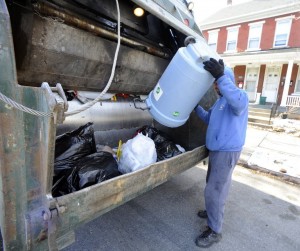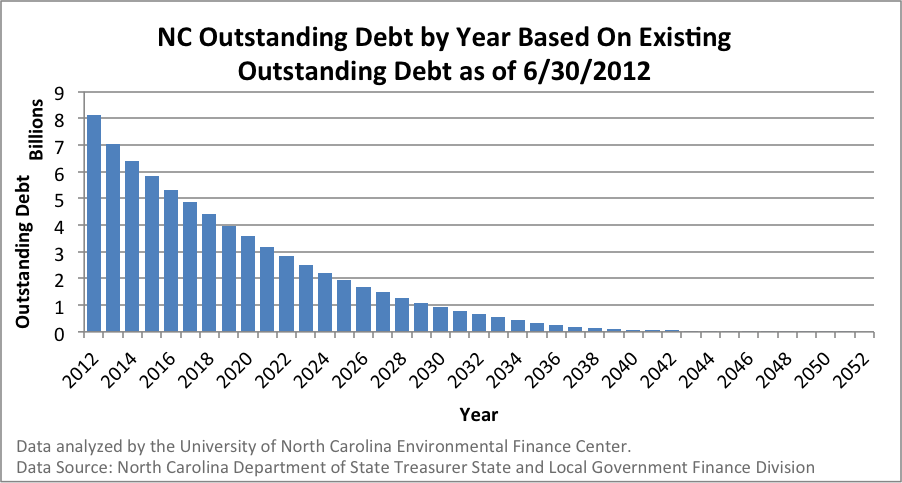Sarah Royster is a graduate student with the UNC School of Public Health pursuing a Master’s Degree in Environmental Engineering. She works as a Research Assistant with the Environmental Finance Center.
Economic decline in the past decade has created financial hardships not only for individuals and businesses, but also for water utilities. Utilities can be impacted by economic conditions in a variety of ways. Many utilities, for example, decided to take advantage of low interest rates in 2012 according to a special report by Standard & Poor’s, contributing to a 40% increase in bond issuance from the previous year. Utilities, however, are also experiencing revenue shortfalls due to increasing costs and infrastructure needs, and declining revenues. This financial hardship for utilities results in the need for rate increases. Water utility rates have increased far faster than projections of changes to disposable income, and water and sewer bills have been increasing faster than inflation since 2000 (Chapman, Breeding, & Buswick, 2013). These economic conditions also negatively impact utility customers, and create a “downward spiraling” trend in utility revenue and customer affordability (read more about customer affordability indicators here). Local income levels have fallen with the economy as poverty and unemployment rates have increased, and customers have become increasingly cost-conscious. This often leads customers to reduce their water bills by decreasing consumption, subsequently reducing utility revenues. Utilities must then consider rate increases to help mitigate these revenue losses. This cycle can prove detrimental to utility financial health. Continue reading





